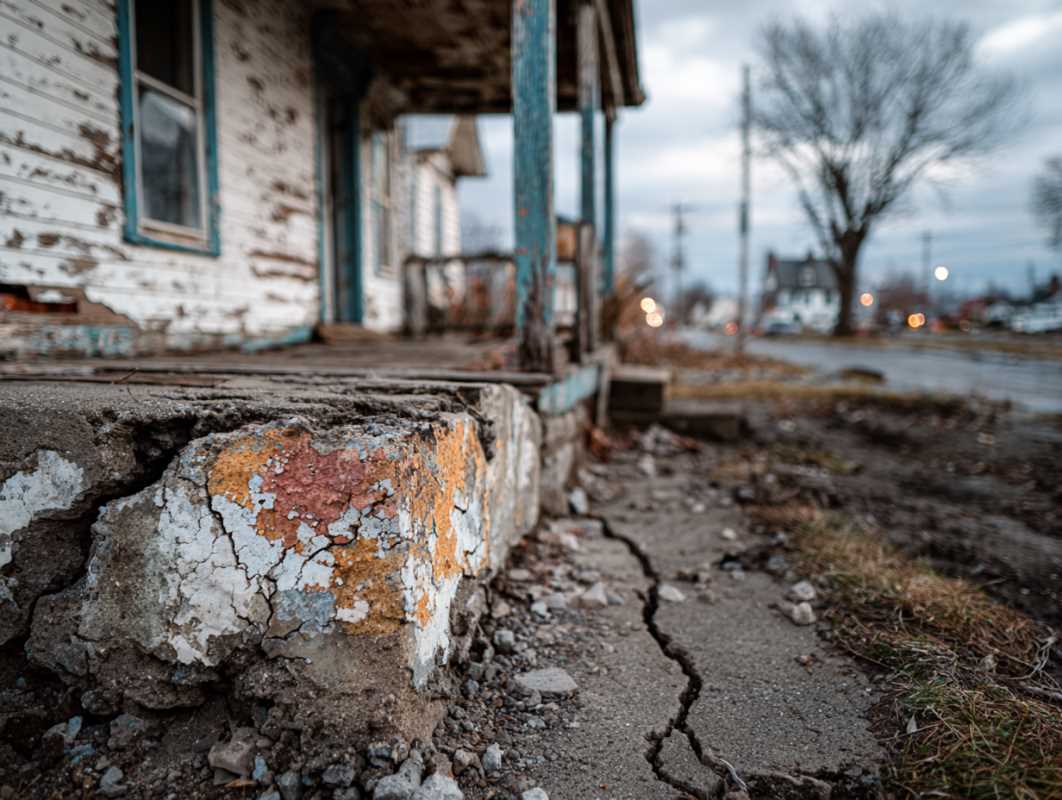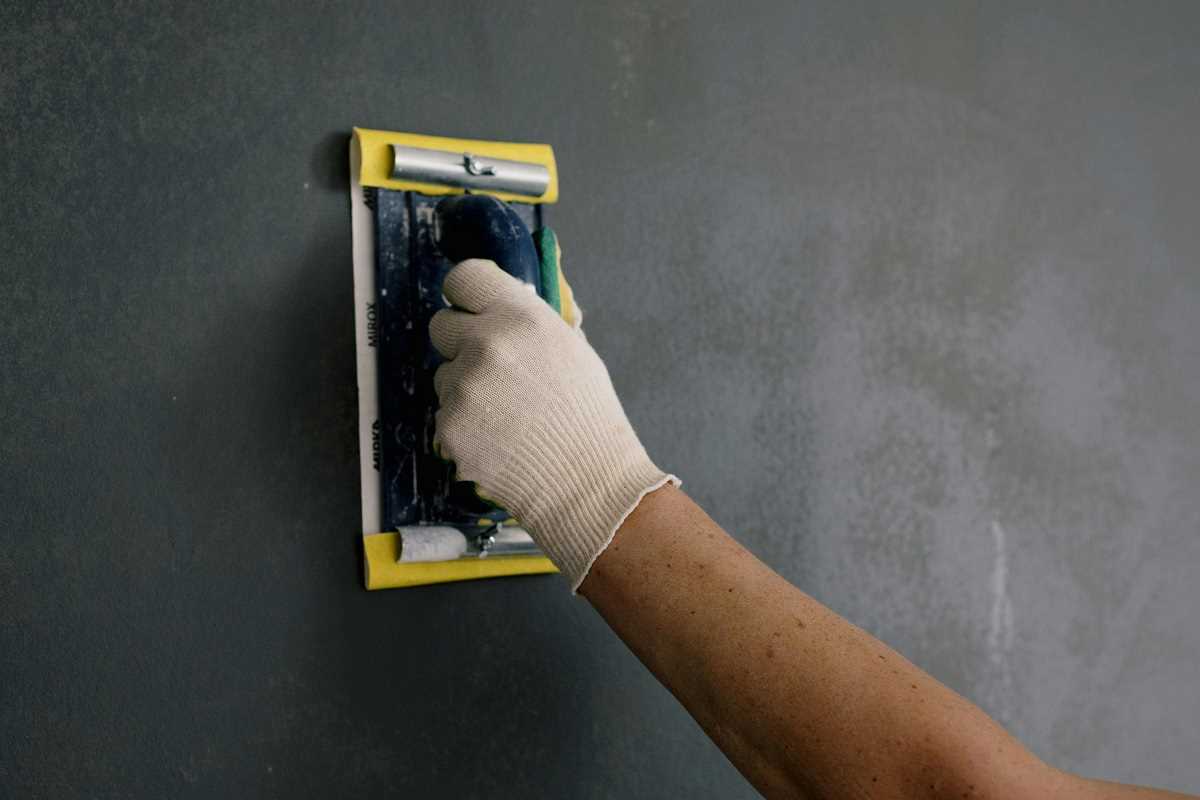Your home's foundation is its unsung hero. You don't see it, but it's working 24/7 to keep everything stable and secure. In older homes, foundations can start to show their age, leading to issues that can feel seriously overwhelming. Seeing a crack in your wall or a door that won't close right can be a major vibe killer, but ignoring it is not the move.
Addressing foundation problems early is one of the most important things you can do to protect your home. Reinforcing an older foundation sounds like a massive project, but understanding the process can make it feel way more manageable. Let’s dive into the critical steps for giving your home the stable, authentic base it deserves.
Reading the Signs: Is Your Foundation in Trouble?
Your house will give you clues if its foundation is struggling. Knowing what to look for is the first step toward a solution. Don’t sleep on these warning signs.
- Cracks in Walls, Floors, or the Foundation Itself: Not all cracks are a big deal, but some are major red flags. Look out for horizontal cracks in your foundation walls, large "stair-step" cracks in brick or concrete, and cracks that are wider at the top than the bottom.
- Doors and Windows That Stick: If doors and windows that used to work perfectly now jam or won't latch properly, it could mean the frame has been warped by a shifting foundation.
- Sloping or Uneven Floors: Does it feel like you’re walking uphill in your living room? Use a level or just a simple ball to check. Uneven floors are a classic sign that part of your foundation has settled or sunk.
- Gaps Around Window Frames or Exterior Doors: If you can see daylight around your door frames, it might mean your foundation is on the move.
- Water in Your Basement or Crawlspace: Cracks in the foundation can let water in, leading to moisture problems, mold, and a musty smell. This is a clear sign that the integrity of your foundation wall is compromised.
Why You Can't Afford to Wait
Seeing these signs can be stressful, but putting off repairs is a guaranteed way to make the problem worse. A foundation issue will never fix itself; it will only become more severe and more expensive to repair over time.
Prompt action is key. A small crack can turn into a major structural failure, and a slightly sloping floor can lead to significant damage throughout your home. Protecting your investment means tackling foundation issues head-on.
The Glow-Up: Methods for Reinforcing Your Foundation
When it's time to reinforce your foundation, pros have a whole toolkit of methods to choose from. The right one for your home depends on the type of foundation you have and the specific problem you’re facing. Here are some of the most common and effective techniques.
1. Underpinning with Piers
This is one of the most common and reliable methods for fixing a sinking or settling foundation. Underpinning involves extending the foundation's depth so that it rests on more stable soil. This is usually done by installing piers.
- Push Piers: These are long steel pipes that are hydraulically driven through unstable soil until they hit solid bedrock or a stable load-bearing soil layer. Brackets are attached to the foundation, and the piers effectively lift and stabilize the home.
- Helical Piers: These look like giant screws and are "screwed" into the ground. They are great for lighter structures or when you need to resist both settling and upward lifting forces.
2. Sealing Cracks with Epoxy or Polyurethane Foam
For smaller, non-structural cracks that are letting in water, an injection is often the perfect fix. This is a targeted, sustainable way to stop leaks in their tracks.
- How It Works: A professional injects a specialized resin—either epoxy or polyurethane foam—directly into the crack. The material expands to completely fill the void, creating a strong, waterproof seal from the inside.
- The Vibe: This method is less invasive than major structural repairs and is highly effective for stopping basement leaks and preventing further moisture damage.
3. Wall Anchors and Carbon Fiber Straps
If your basement walls are bowing inward due to pressure from the soil outside, you need to reinforce them to prevent a total collapse.
- Wall Anchors: This system uses large steel plates on the inside of the basement wall, which are connected by a long steel rod to an anchor placed in stable soil in your yard. The system is tightened to pull the wall back to a straighter position over time.
- Carbon Fiber Straps: This is a modern, minimalist solution. Super-strong carbon fiber straps are bonded to the interior of the basement wall with a high-strength epoxy. The straps are incredibly strong and prevent any further inward movement, all with a low-profile finish that can be painted over. It's an authentic, high-tech fix.
Finding Your Pro: Hiring the Right Team
Foundation repair is not a DIY project. You need to bring in certified professionals who have the right skills and equipment. Finding a trustworthy contractor is critical.
- Get Multiple Quotes: Don't just go with the first company you find. Get at least three detailed quotes from reputable foundation repair specialists.
- Check for Credentials: Make sure any contractor you consider is licensed, bonded, and insured. Ask for references and check online reviews.
- Get a Structural Engineer's Report: For major issues, it’s a smart move to hire an independent structural engineer first. They can give you an unbiased assessment of the problem and recommend the best course of action. You can then take their report to contractors to get quotes for the specific work needed.
Keeping Your Foundation Happy: Long-Term Maintenance
Once your foundation is repaired, a little maintenance can go a long way in preventing future problems.
- Manage Water: Water is the number one enemy of foundations. Make sure your gutters are clean and that downspouts direct water at least 5-10 feet away from your house.
- Proper Grading: The ground around your foundation should slope away from the house. This prevents water from pooling against the foundation walls.
- Maintain Your Trees: Large tree roots can cause major foundation damage. If you have large trees close to your house, consult an arborist about managing their root systems.
Reinforcing your home's foundation is a serious project, but it’s an essential investment in its safety and longevity. By understanding the signs, knowing the solutions, and hiring the right team, you can ensure your home stays strong for years to come.
 (Image source: Midjourney)
(Image source: Midjourney) 





